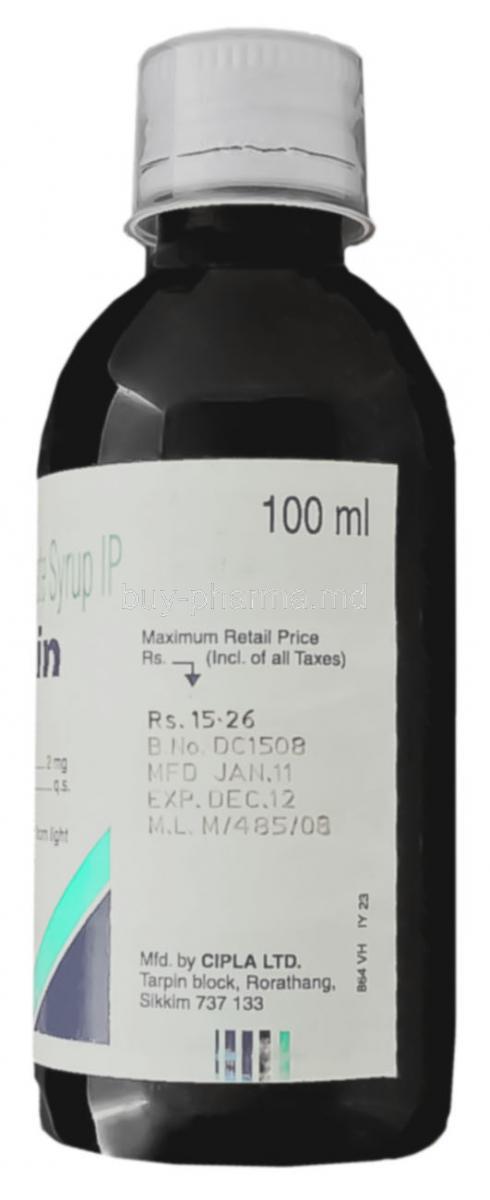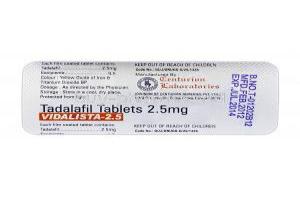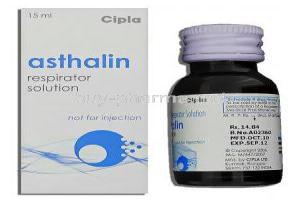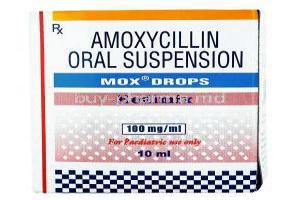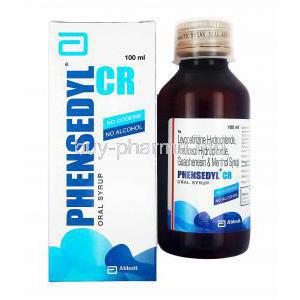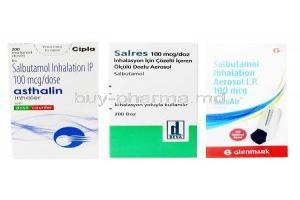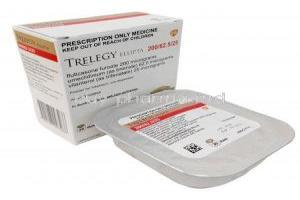Salbutamol
- I. Introduction
- II. Uses of Salbutamol
- III. Off-label Uses of Salbutamol
- IV. How Salbutamol Works
- V. Dosage and Administration
- VI. Composition of Salbutamol
- VII. Side Effects of Salbutamol
- VIII. Interactions with Salbutamol
- IX. Warnings and Contraindications
- X. Careful Administration of Salbutamol
- XI. Administration to Specific Populations
- XII. Overdosage of Salbutamol
- XIII. Storage and Handling Precautions
- XIV. Conclusion
I. Introduction
Historical Background of Salbutamol
Salbutamol, also called albuterol in the United States, is a medication used to open the airways. It has been widely used in care since the 1960s and has proven to be a significant breakthrough for patients with chronic bronchospasm, initially being developed as a treatment for asthma.
Current Prevalence and Importance
Salbutamol continues to be a widely prescribed medicine in today's medical field. It is used as a treatment for countless patients who suffer from obstructive airway diseases highlighting its ongoing importance in healthcare.
Classification and Forms Available
Acting beta two adrenergic agonists (SABA) Inhalation solution Tablets for oral consumption Tablets, with extended-release properties Injection
II. Uses of Salbutamol
Managing Asthma
Salbutamol works quickly to relax the muscles in the airways offering relief from sudden asthma attacks and helping to prevent asthma symptoms caused by exercise or allergens123. Salbutamol is a short-acting β 2 adrenergic receptor agonist which works by causing relaxation of airway smooth muscle24. It activates adenyl cyclase, the enzyme that stimulates the production of cyclic adenosine-3’, 5’-monophosphate (cAMP)34.
1: Salbutamol – eDrug - University of Edinburgh 2: Salbutamol - Wikipedia 3: Salbutamol: Indication, Dosage, Side Effect, Precaution - MIMS 4: Salbutamol: Uses, Interactions, Mechanism of Action | DrugBank Online
Treating Chronic Obstructive Pulmonary Disease (COPD)
Salbutamol has been found to be beneficial for individuals who have COPD as it helps decrease the frequency and intensity of exacerbations leading to an improvement in their quality of life123. Salbutamol is a short-acting bronchodilator that can be administered via inhalation or nebulization to relieve dyspnea, cough, and sputum production13. Salbutamol can be used as monotherapy or in combination with other bronchodilators such as ipratropium2.
1: Pharmacologic Management of COPD Exacerbations: A Clinical … - AAFP 2: Short-acting bronchodilators for the management of acute exacerbations … 3: COPD | Acute Management | ABCDE | Geeky Medics
Relief of Exercise-induced Bronchospasm
It’s the inhaler people rely on when they have trouble breathing or wheezing while doing activities123. An inhaler is a device that delivers medicine directly into the lungs, where it can help reduce swelling and open up the airways1. Wheezing is a high-pitched, coarse whistling sound when you breathe that indicates a problem with the airflow in the lungs23. Wheezing can be caused by various conditions, such as allergies, asthma, bronchitis, or infections23.
1: Inhalers to Treat Bronchitis - Verywell Health 2: Wheezing: Causes, Diagnosis, Treatment, and Remedies - Medical News Today 3: Wheezing: Causes, Diagnosis, Treatment, and Remedies - WebMD
Acute Hyperkalemia Management
Salbutamol has shown to be a treatment for acute hyperkalemia by helping potassium move into cells leading to a decrease in extracellular potassium levels123. Salbutamol is a beta-2 agonist that can be administered via inhalation or nebulization to stimulate the sodium-potassium pump and increase potassium uptake by the cells24. Salbutamol can be used as a second-line therapy for hyperkalemia when glucose or insulin infusion is unsuitable or ineffective25. Salbutamol can lower serum potassium levels by 0.5 to 1.4 mmol/L within 15 to 30 minutes, lasting at least two hours46.
1: Salbutamol - Wikipedia 2: Why Is Salbutamol Given in Hyperkalemia? - Stamina Comfort 3: Hyperkalaemia | ECG Changes | Treatment | Geeky Medics 4: The management of hyperkalemia in the emergency department 5: Clinical Practice Guidelines: Hyperkalaemia - The Royal Children’s … 6: Guidelines for the Treatment of Hyperkalaemia in Adults - RQIA
III. Off-label Uses of Salbutamol
Management of Pre-term Labor
Salbutamol is commonly used to help relax the muscles in the uterus, which helps to prevent contractions during term labor123. Salbutamol is a beta-2 agonist that can be administered via infusion or nebulization to stimulate the beta-2 receptors in the uterus and cause uterine relaxation134. Salbutamol can be used to stop or delay labor that starts between 22 and 37 weeks of pregnancy1. Salbutamol can inhibit uterine contractions for up to 48 hours, but the effect may diminish with prolonged infusion54.
5: The effects of long-term infusion of salbutamol, diltiazem and … 1: Ventolin infusion (salbutamol) - NetDoctor 2: Frontiers | Spatiotemporal Mapping of the Contracting Gravid Uterus of … 3: Salbutamol: Uses, Dosage, Side Effects, Warnings - Drugs.com 4: SALBUTAMOL injectable | MSF Medical Guidelines
Chronic Heart Failure Treatment
Although not typically used as the treatment, salbutamol has been considered as a potential solution to enhance cardiac output in individuals suffering from chronic heart failure12. Salbutamol is a beta-2 agonist that can cause vasodilation and reduce systemic vascular resistance, which can improve cardiac performance and lower myocardial oxygen demand312. Salbutamol can be administered intravenously or orally to increase cardiac index and stroke volume in patients with heart failure12.
3: Salbutamol in cardiogenic complicating acute myocardial infarction - Heart 1: Salbutamol in treatment of failure - Heart 2: Salbutamol in treatment of heart failure. | Heart
Usage in Cystic Fibrosis
In the treatment of fibrosis, certain healthcare professionals may choose to use salbutamol to enhance the clearance of airways12. This medication aids in expanding the bronchi and bronchioles by stimulating the beta-2 receptors in the smooth muscle of the airways12. Salbutamol can be inhaled via a nebulizer or a metered-dose inhaler to deliver the drug directly to the lungs and reduce systemic side effects12. Salbutamol can help improve lung function and reduce dyspnea in patients with fibrosis2.
1: Inhaled Medications and Nebulizers | The Cystic Fibrosis Center at … 3: Airway Clearance Techniques: The Right Choice for the Right Patient 2: The topical study of inhaled drug (salbutamol) delivery in idiopathic …
IV. How Salbutamol Works
Mechanism of Action
Salbutamol works by activating the beta two receptors present in the lungs. This activation stimulates the adenyl cyclase system, which subsequently increases the levels of cyclic AMP. As a result, the bronchial smooth muscles experience relaxation.
Receptor Targets and Pathway Activation
By targeting the beta 2 adrenergic receptors, Salbutamol has the ability to affect pulmonary tissues more than cardiac tissues. This particular advantage dramatically helps in minimizing any systemic side effects.
Effects on Bronchial Smooth Muscles
This medication causes the muscles in the tubes to relax, which helps widen the airways and enhance the air flow.
V. Dosage and Administration
Recommended Dosage Guidelines
Dosage recommendations, for this medication may differ depending on the severity of the condition whether it is being administered to adults or children. Generally, starting with 2 puffs every 4 to 6 hours is advised.
Route of Administration
Salbutamol can be given to patients, in forms depending on their condition and as prescribed by their doctor. The standard methods include inhalation taking oral tablets or receiving injectable forms.
Dosage Adjustments (Renal/Liver Impairment)
Patients who have an impairment, in their kidneys or liver, might need to have their dosage adjusted carefully. This adjustment usually involves starting with an initial dose and slowly increasing it based on how the patient responds to the medication and their ability to tolerate it.
VI. Composition of Salbutamol
Active and Inactive Ingredients
The main component found in Salbutamol medications is Salbutamol sulfate. Other commonly present ingredients that do not play a role include propellants, like HFA (hydrofluoroalkane), ethanol and oleic acid.
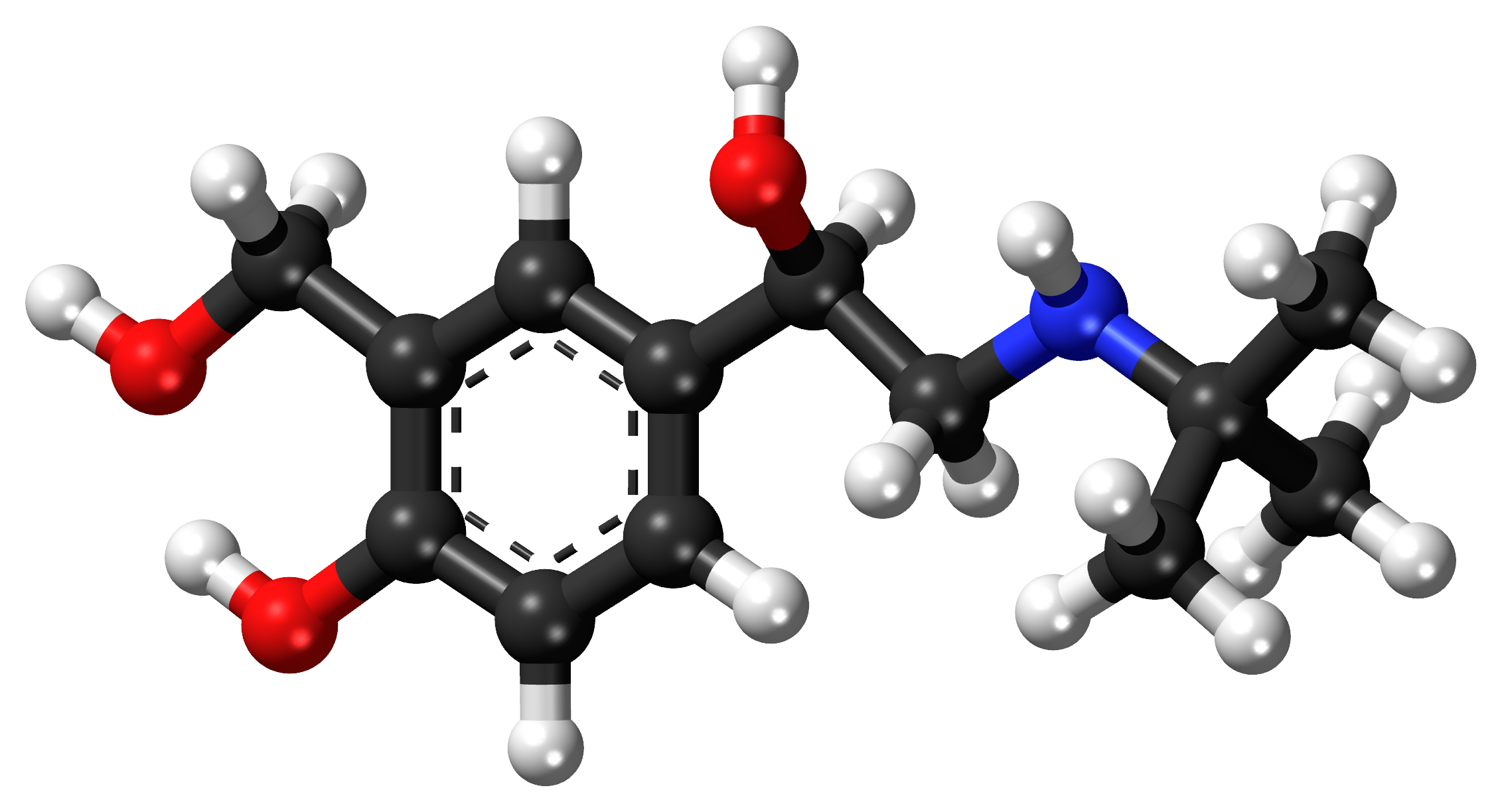
Available Formulations (Inhaler, Tablets, Syrups, etc.)
MDI (Metered Dose Inhaler) Oral tablets Liquid syrup Solution, for nebulizer form
VII. Side Effects of Salbutamol
a. Common Side Effects
The typical temporary side effects of using Salbutamol usually include; Shaking or trembling and Increased heart rate levels of potassium in the body.
b. Severe Side Effects
In some instances, Salbutamol may lead to notable adverse reactions that require prompt medical attention. These can include arrhythmias ( heart rhythms) and hyperglycemia (elevated blood sugar levels).
VIII. Interactions with Salbutamol
Drug-Drug Interactions
Salbutamol has the potential to interact with medications, which can affect how well they work or increase the occurrence of side effects. Some meaningful interactions to note are; Beta blockers, which might reduce the effectiveness of Salbutamol; diuretics, which could worsen potassium levels; and antidepressants which may enhance the broncho-dilating effect.
Drug-Food Interactions
Although Salbutamol typically does not interact with food, it is recommended that patients follow the prescription and take the medication regardless of meals.
Effects of Alcohol and Caffeine
Using Salbutamol and alcohol at the time can worsen potential side effects, including dizziness and impaired decision-making. It's essential to be cautious because caffeine, which is a stimulant, can enhance the effects of Salbutamol.
IX. Warnings and Contraindications
Absolute Contraindications
People with a known sensitivity or allergy to Salbutamol or any of its ingredients should avoid using this medication.
Relative Contraindications
Some reasons why Salbutamol may not be suitable for use include; If you have uncontrolled arrhythmias If you have severe cardiac disease.
Allergic Reactions
Salbutamol has the potential to cause allergies, which may manifest as hives, breathing difficulties, and swelling of the face, lips, or tongue. It is crucial to seek medical assistance if any of these symptoms occur.
X. Careful Administration of Salbutamol
Important Precautions
Before starting the administration of Salbutamol, medical practitioners need to evaluate the patient's medical records with particular attention to any history of heart conditions, high blood pressure, or seizure disorders.
Monitoring and Follow-up Recommendations
Patients prescribed Salbutamol should have checkups to evaluate their lung function, monitor symptom control and identify any possible side effects. The frequency of these assessments will be tailored to each individual based on their response.
XI. Administration to Specific Populations
a. Administration to Elderly Patients
Older individuals might have a vulnerability to the potential adverse reactions of Salbutamol. Therefore it is crucial to be cautious when determining the dosage and to closely monitor for any neurological effects.
b. Administration to Pregnant Women and Nursing Mothers
Pregnancy Category
Salbutamol falls under Pregnancy Category C, which means that while there may be risks, the potential benefits could outweigh them.
Potential Risks and Benefits
When considering the use of Salbutamol during pregnancy, evaluating the potential advantages and disadvantages is essential. While there have been adverse outcomes linked to its usage in pregnancy, not treating the condition could also pose risks to the mother and the baby due to asthma.
c. Administration to Children
Age-Specific Dosing
When administering medication to children, doctors take a thorough approach. They usually begin with dosage and adjust based on how the child responds and their ability to tolerate the drug.
Safety Profile in Pediatric Patients
Salbutamol is usually well tolerated by children. It's important to keep a close eye out for any signs of increased activity or sleep problems.
XII. Overdosage of Salbutamol
Signs and Symptoms of Overdose
Overdosing on Salbutamol can result in the following symptoms; Intense shaking or tremors, Discomfort or pain in the chest A, irregular heartbeat

Immediate Management and Treatment
If someone experiences an overdose, it is crucial to seek medical help. The treatment usually focuses on providing support and ensuring the stability of function.
Long-term Consequences
Taking doses of medication repeatedly can lead to a decline in heart function and potential disruptions in metabolic processes. This highlights the significance of following prescribed doses.
XIII. Storage and Handling Precautions
Optimal Storage Conditions
Store Salbutamol at room temperature, protecting it from direct sunlight and moisture. Also, remember to keep it out of the reach of children and pets.
Expiry and Safe Disposal
It is crucial to ensure the effectiveness of Salbutamol by disposing of expired or unused medication. Participating in a take-back program or following the instructions provided by a healthcare professional for disposal is recommended.
XIV. Conclusion
Summary of Key Points
Salbutamol is a bronchodilator that is mainly employed in the treatment of asthma and COPD. While its effectiveness has been well established, it is essential to use it to minimize any potential adverse effects or interactions.
Patient-Centric Approach for Salbutamol Use
To ensure the effectiveness of Salbutamol management, it is essential to adopt a patient-centered approach. This involves customizing dosing schedules providing education on the use of inhalers and regularly monitoring the patient's progress.
Emerging Research and Future Prospects
Ongoing research is being conducted to explore the range of possible uses for Salbutamol. There is a possibility of advancements that could enhance its effectiveness and improve patient safety.

